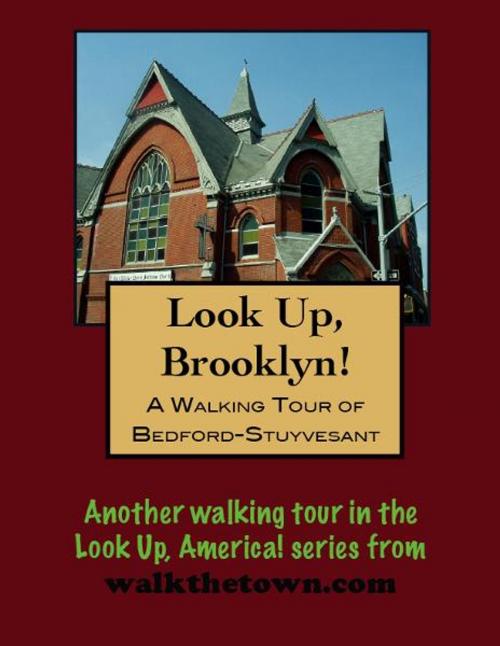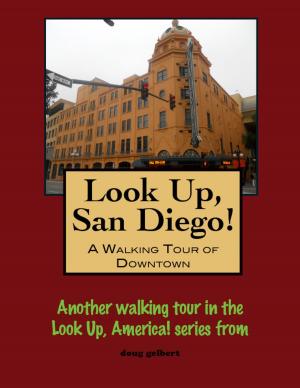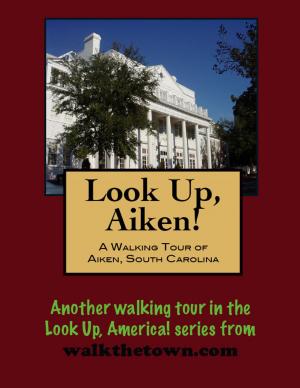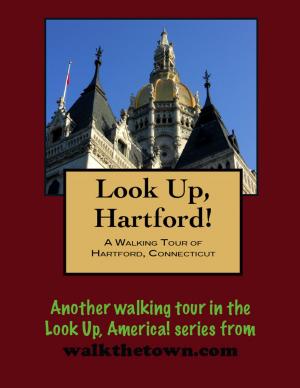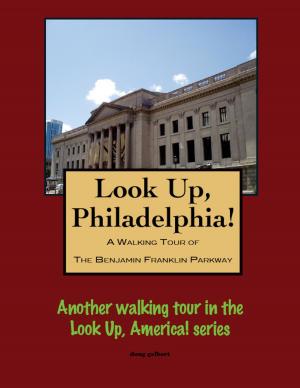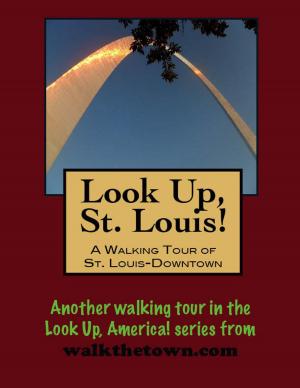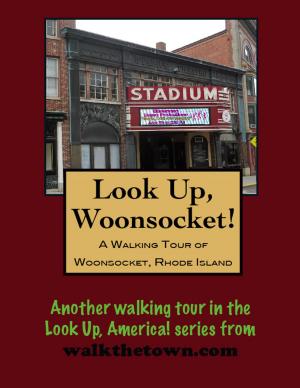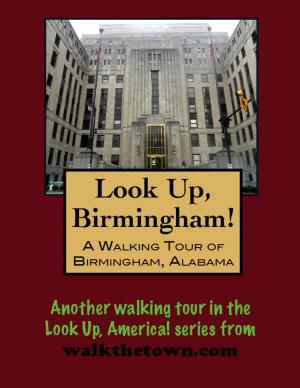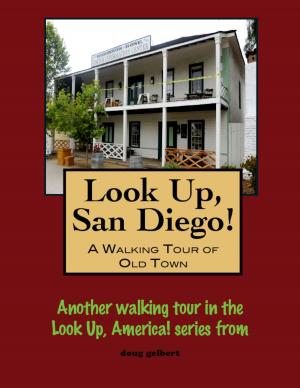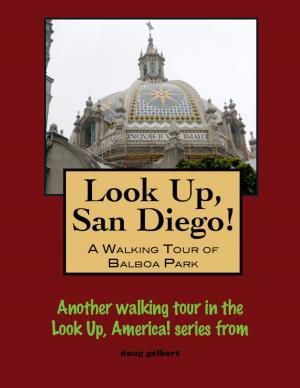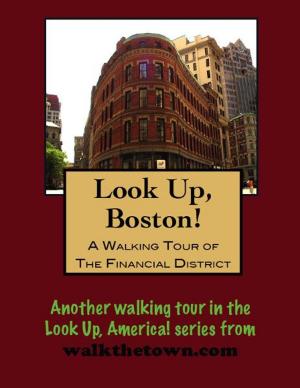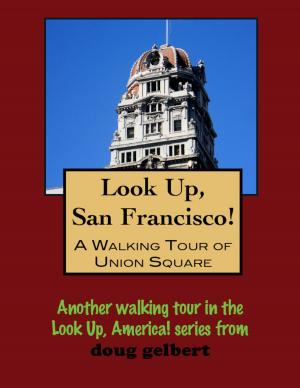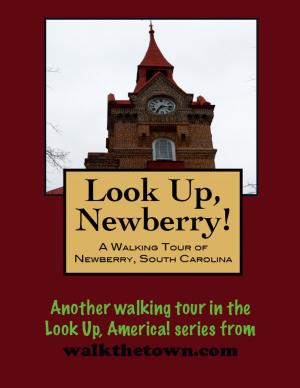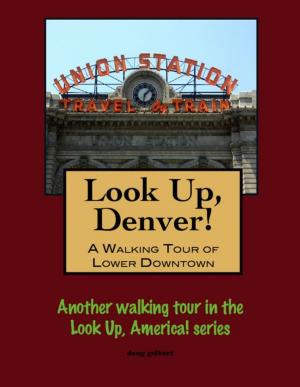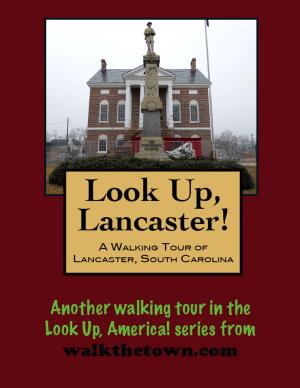| Author: | Doug Gelbert | ISBN: | 9781452307817 |
| Publisher: | Doug Gelbert | Publication: | January 10, 2010 |
| Imprint: | Smashwords Edition | Language: | English |
| Author: | Doug Gelbert |
| ISBN: | 9781452307817 |
| Publisher: | Doug Gelbert |
| Publication: | January 10, 2010 |
| Imprint: | Smashwords Edition |
| Language: | English |
There is no better way to see America than on foot. And there is no better way to appreciate what you are looking at than with a walking tour. Whether you are preparing for a road trip or just out to look at your own town in a new way, a downloadable walking tour from walkthetown.com is ready to explore when you are.
Each walking tour describes historical and architectural landmarks and provides pictures to help out when those pesky street addresses are missing. Every tour also includes a quick primer on identifying architectural styles seen on American streets.
The Dutch West India Company established Bedford in 1663. It was a rural community for the better part of 200 years until descendants of the original Dutch settlers began selling off their property in the heart of what was blossoming into the new city of Brooklyn. One entrepreneur who bought large swaths of land was James Weeks, an African-American who sold land to other black settlers. Weeksville became one of the first free black communities in the United States. Bedford eventually expanded to include the area of Stuyvesant Heights, named for Peter Stuyvesant, the last governor of the Dutch colony of New Netherland.
The boom times around Bedford occurred from 1880 to 1920 when the new electric trolleys opened up the community to commuters workers in downtown Brooklyn and Manhattan. At this time many of the sturdy brownstone houses that became its trademark were built in the popular Neo-classical, Romanesque and Queen Anne styles of the day.
The financial straits in the United States brought on by the Great Depression of the 1930s had a profound impact on Bedford. With its century of history as an African-American cultural mecca, Bedford became a magnet for thousands of black men and women streaming from the rural South to replace disappearing farm jobs. The construction of the A train in the 1930s made the commute between its Manhattan counterpart, Harlem, and Bedford much easier. Many people came from uptown to central Brooklyn, which offered more jobs and better housing.
Bedford-Stuyvesant began an era of long decline culminating in its recognition as the largest ghetto in America. In recent years the community has experienced a renaissance, thanks in large part to its historic architecture and richness of available housing stock in the old brownstones.
Our walking tour will start at the intersection of two key cultural streams in Bedford-Stuyvesant, Fulton Street and Nostrand Avenue...
There is no better way to see America than on foot. And there is no better way to appreciate what you are looking at than with a walking tour. Whether you are preparing for a road trip or just out to look at your own town in a new way, a downloadable walking tour from walkthetown.com is ready to explore when you are.
Each walking tour describes historical and architectural landmarks and provides pictures to help out when those pesky street addresses are missing. Every tour also includes a quick primer on identifying architectural styles seen on American streets.
The Dutch West India Company established Bedford in 1663. It was a rural community for the better part of 200 years until descendants of the original Dutch settlers began selling off their property in the heart of what was blossoming into the new city of Brooklyn. One entrepreneur who bought large swaths of land was James Weeks, an African-American who sold land to other black settlers. Weeksville became one of the first free black communities in the United States. Bedford eventually expanded to include the area of Stuyvesant Heights, named for Peter Stuyvesant, the last governor of the Dutch colony of New Netherland.
The boom times around Bedford occurred from 1880 to 1920 when the new electric trolleys opened up the community to commuters workers in downtown Brooklyn and Manhattan. At this time many of the sturdy brownstone houses that became its trademark were built in the popular Neo-classical, Romanesque and Queen Anne styles of the day.
The financial straits in the United States brought on by the Great Depression of the 1930s had a profound impact on Bedford. With its century of history as an African-American cultural mecca, Bedford became a magnet for thousands of black men and women streaming from the rural South to replace disappearing farm jobs. The construction of the A train in the 1930s made the commute between its Manhattan counterpart, Harlem, and Bedford much easier. Many people came from uptown to central Brooklyn, which offered more jobs and better housing.
Bedford-Stuyvesant began an era of long decline culminating in its recognition as the largest ghetto in America. In recent years the community has experienced a renaissance, thanks in large part to its historic architecture and richness of available housing stock in the old brownstones.
Our walking tour will start at the intersection of two key cultural streams in Bedford-Stuyvesant, Fulton Street and Nostrand Avenue...
